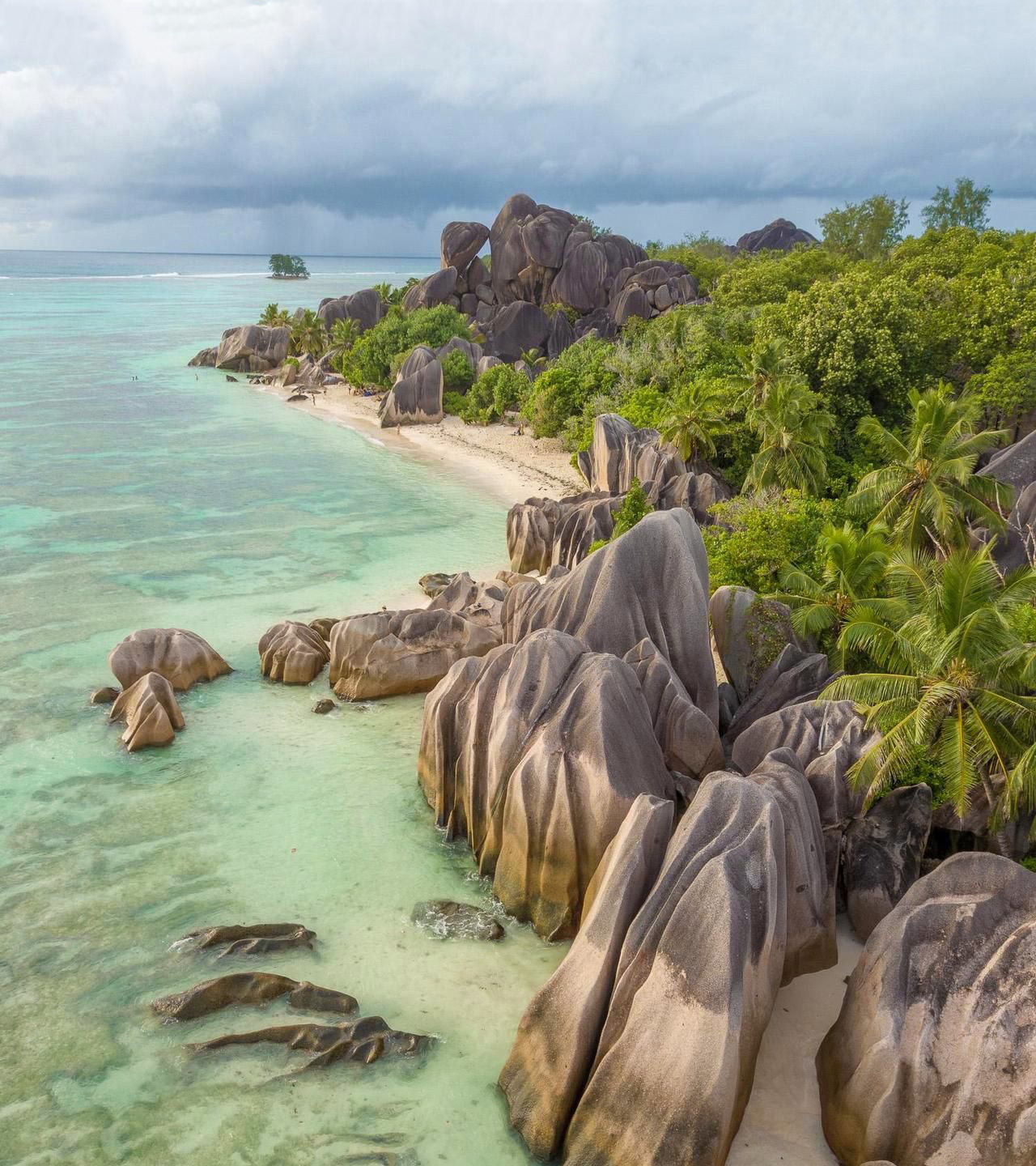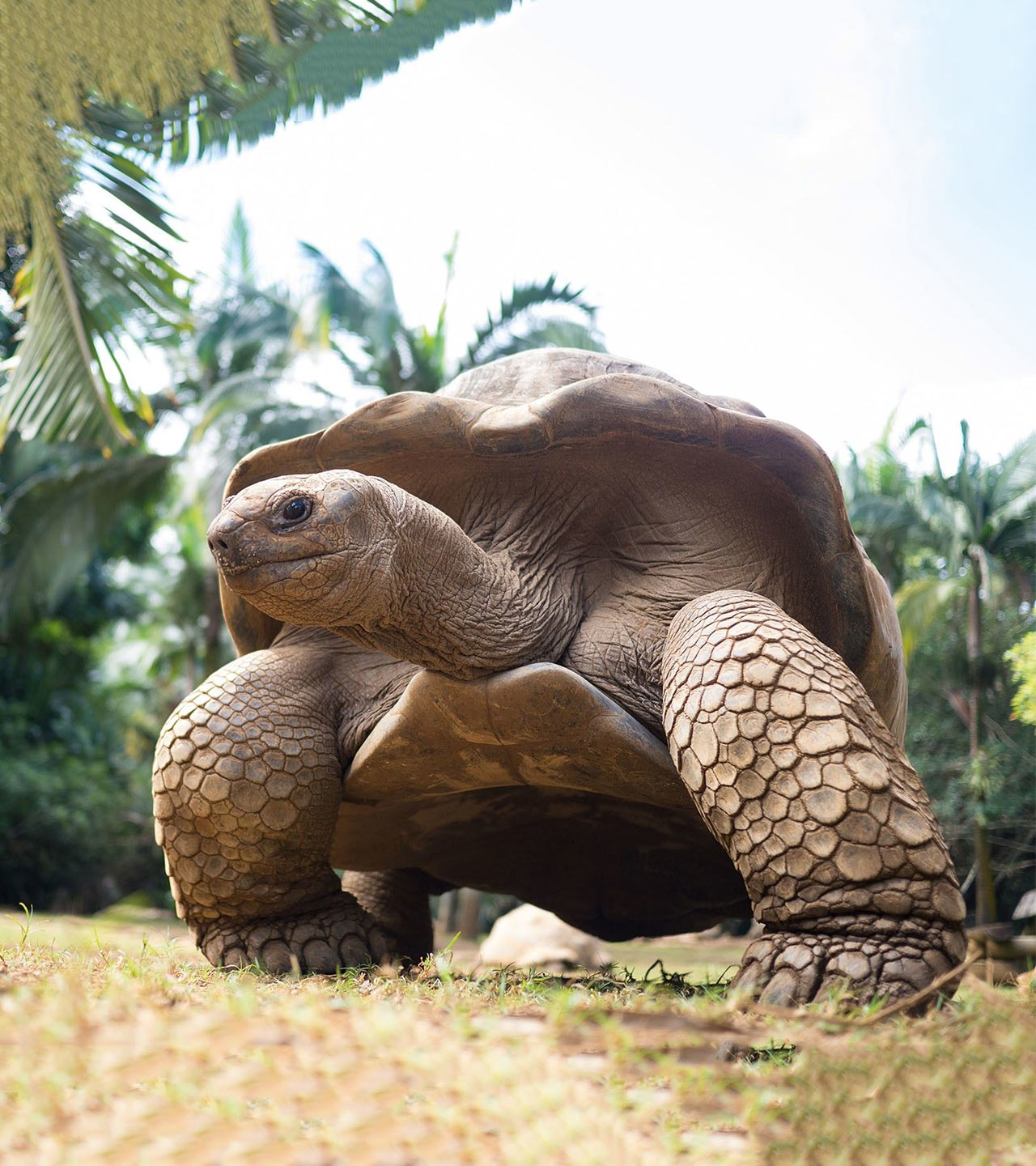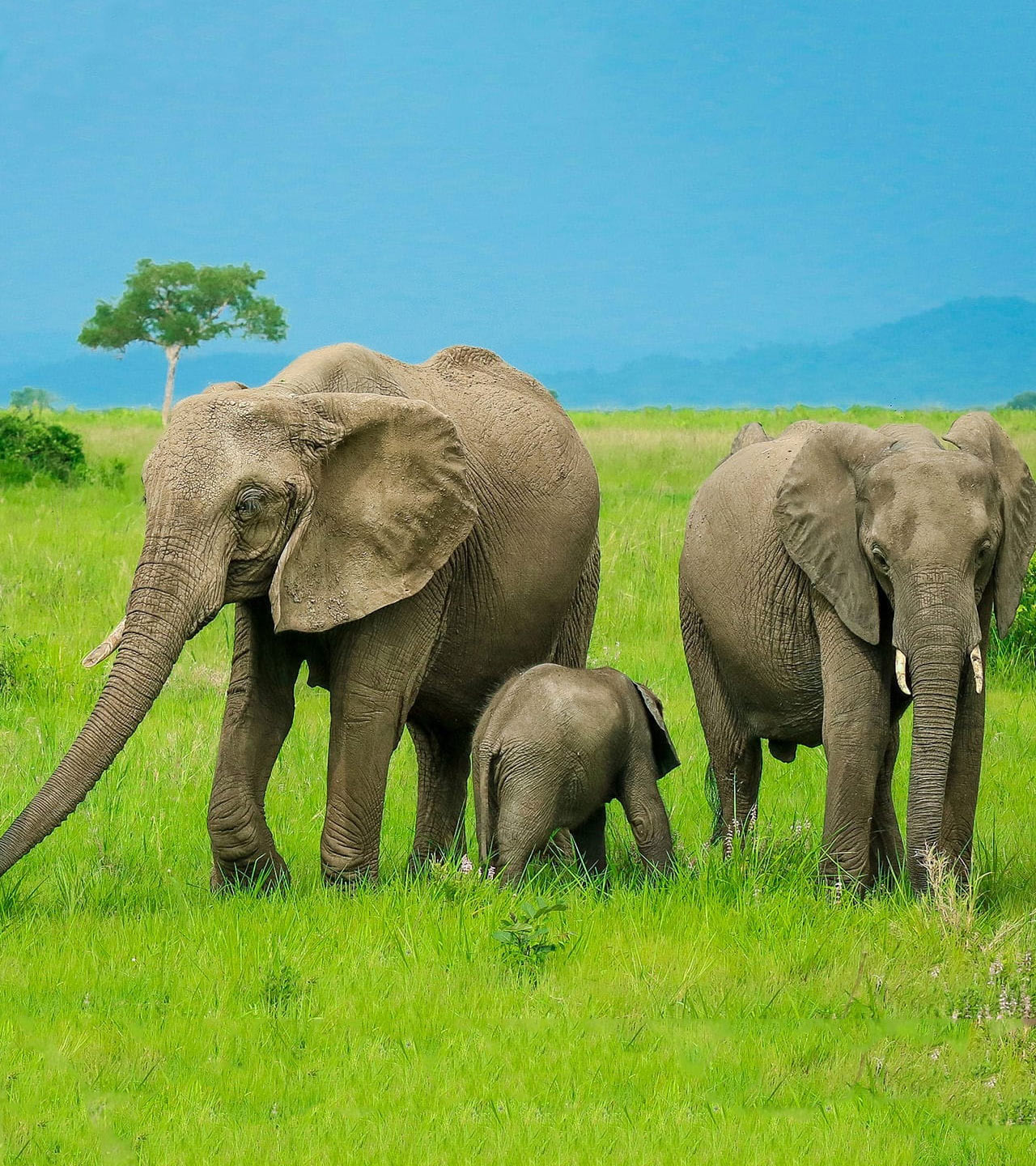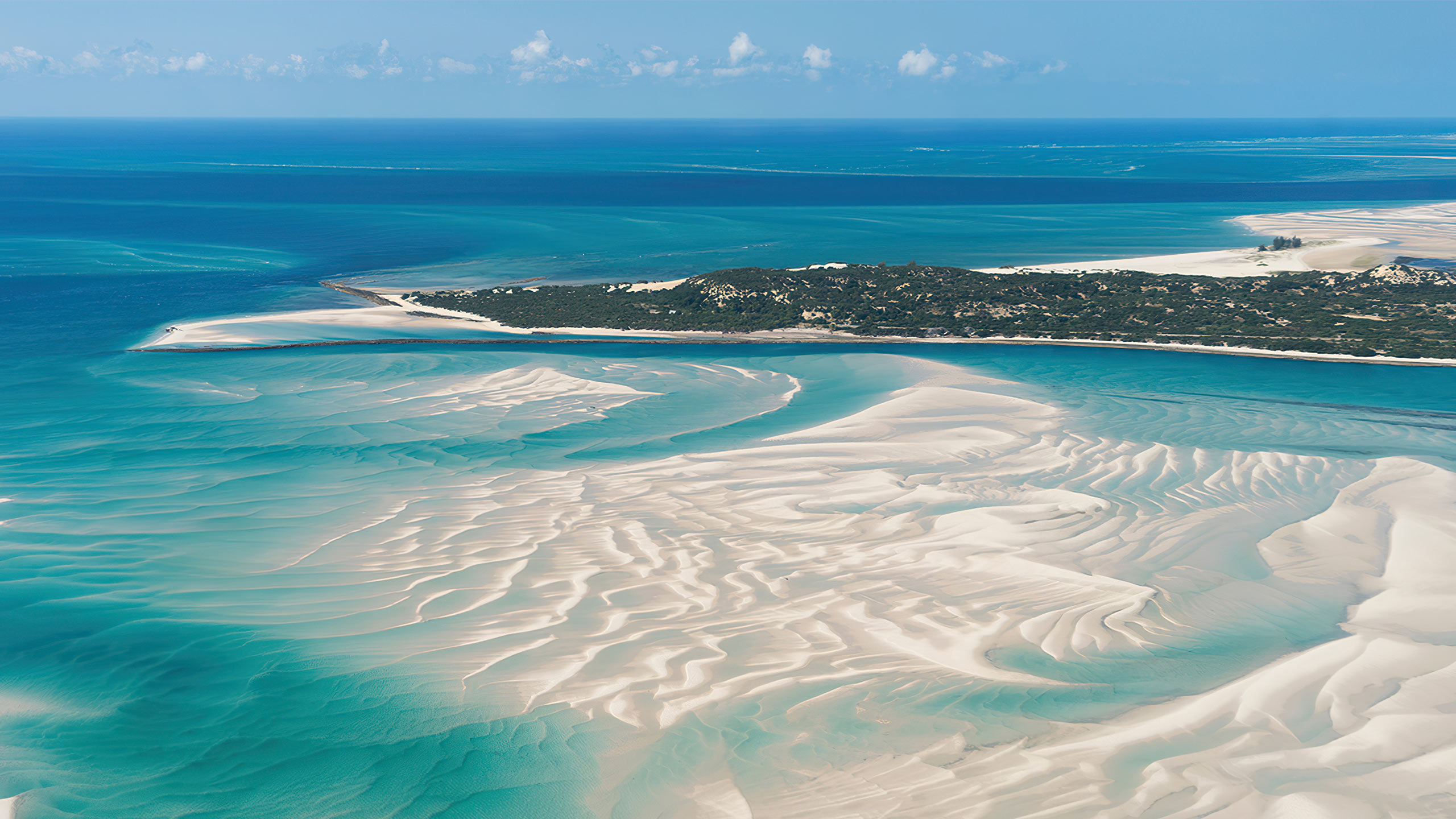Off the beaten track in the Indian Ocean
From the showstopping bay of Anse Source d’Argent to the storied capital of Zanzibar, the Indian Ocean offers an expansive catalogue of exotic flavours, eco-hideaways and groundbreaking conservation work.
Posted on
Originally published by National Geographic.
From dipping your toes in the showstopping bay of Anse Source d’Argent to exploring the storied capital of Zanzibar, the Indian Ocean offers an expansive catalogue of exotic flavours, eco-hideaways and groundbreaking conservation work protecting a vast menagerie of endangered wildlife. Incorporating African and Asian shorelines and archipelagos, it may be a little while before we’re able to visit, but that doesn’t stop us dreaming…

Seychelles
Anse Source D’argent
How do you pick a favourite beach in the Seychelles? With its coral sands and remote location, the star of La Digue makes a play for travellers’ hearts. Huge grey granite boulders, as tall as mansions and curvaceous as elephants, frame the scene. Light bounces gently off the sea and the water is as shallow as a paddling pool.
In March 2020, the Seychelles designated 30% of its waters — a region larger than Germany — as Marine Protected Areas, to help safeguard ocean species, habitats and livelihoods. With a name that means ‘silver spring’, the kilometre-long Anse Source d’Argent is particularly envy-inducing. It’s a quintessential paradise, with immaculate coral sand, impossibly blue water and the luxury of solitude — sheer heaven.

Giant tortoises
Once found on almost every continent, giant tortoises were hunted to near-extinction during the Age of Exploration (from the 15th to the 17th century). However, in the Seychelles, a late 19th-century ban on their slaughter saved the Indian Ocean’s last tiny population. There are now around 150,000 Aldabra tortoises, mostly on the island of Aldabra. This atoll is breathtakingly remote, but if you’re keen to see some huge reptiles lumbering around, there’s a more accessible alternative: Curieuse Island, which can be reached by water taxi from Praslin Island.
Humpback whales
Most of us are familiar with East Africa’s Great Migration, which gallops across Kenya’s Maasai Mara between July and October each year. But have you heard of East Africa’s Marine Migration? At around the same time the wildebeest and zebras are arriving from the Serengeti, humpback whales appear in Kenya’s coastal waters, ready to breed. Some calve in the warm, calm refuge of Watamu Marine National Park. The Watamu Marine Association has been studying them since 2011, and runs a project allowing tourists to add their sightings to its database.

Tanzania
Elephants
Strangely, perhaps, Africa has few safari regions that include Indian Ocean beaches as well as wildlife-rich savannah. Tanzania’s Saadani National Park is one of those rare, magical places. Base yourself at Saadani Safari Lodge and you can spend your days in a four-wheel-drive vehicle searching for herds of elephants. They move between the trees and the Wami River, cooling themselves with slow flaps of their ears.
Zanzibar
If, after a safari in Tanzania, the ocean is calling, a trip to the pale, palm-fringed beaches of Zanzibar is the answer. As a bonus, Stone Town, the historic capital of Unguja, the main island in the Zanzibar archipelago, is fascinating to explore. For much of the past two millennia, the sheltered bay on Unguja’s western shore was the Indian Ocean’s most treasured harbour. With Portugal, Oman and Britain taking turns to preside over it between the 16th and 20th centuries, it absorbed influences from all three, as well as from Arabia and India.


Mozambique
In its medieval heyday, Africa’s Swahili Coast was dotted with prosperous trading posts. Tragically, some of their most magnificent buildings crumbled away after independence, but in Mozambique’s first capital, Ilha (as the locals know it), many mansions have been restored, with appealing guesthouses, galleries and museums popping up on the historic streets.
The azure waters, coral reefs and luxurious lodges of Mozambique’s Quirimbas Archipelago is well worth the visit…
This has been a brief selection from ‘An A to Z of the Indian Ocean’. The full article can be read at National Geographic.
Destinations: Indian Ocean, Seychelles
Footnote:
Contact Seal Superyachts Seychelles for detailed information about cruising around Seychelles, superyacht charter regulations and about how we can support your visit.
Principle agent Alastair Maiden is proud to have worked with many of the World’s largest Superyachts and has extensive knowledge of Seychelles and the surrounding area.
Alastair Maiden
Phone: +248 251 5051
Email: seychelles@seal-superyachts.com